High Peaks Pure Earth has translated a blogpost by Woeser written on April 7, 2011 for the Tibetan service of Radio Free Asia and posted on her blog on April 14, 2011, the one year anniversary of the Yushu earthquake.
The seizing of the documentary film “Hope in A Disaster” that Woeser writes about has been reported on by Radio Free Asia and Voice of America.
Short clips of the documentary can be found here:
http://www.youtube.com/watch?v=DZuNY6ihfJA (Tibetan version)
http://www.youtube.com/watch?v=DPuB-giZDuo (English version)
http://www.youtube.com/user/VOAKunleng#p/u/2/fDTeahhyigY (News report in Tibetan)
“Why Was the Documentary To Commemorate the Yushu Earthquake Banned?”
By Woeser
Late at night in early spring, a DVD from the disaster area took me right back to April 14, 2010. In the morning of that day, “a massive earthquake took the maroon-red soil of eastern Tibet by surprise. Jyekundo, a place I had visited many times, was within an instant turned into ruins; many of my fellow countrymen, those I knew and those I had never met, lost their lives in the twinkling of an eye”. This is what I wrote at the time. For an entire 49 days, like many other Tibetans, everyday I cherished their memory in front of my altar at home, lit a lamp and prayed for the protection of the victims who had abruptly been forced upon the path of reincarnation.
Beyond personal traditions or customs which we are all familiar with, there are many ways to commemorate those who left their lives during the disaster; this is human nature. One of the monks who had taken the lead to rush in and offer support told me that a list of victims put together by a monastery in Nangchen alone showed over 5000 names. The Communist leader Joseph Stalin once said the following cold words: “One death is a tragedy. A million deaths is just a statistic.” A quick analysis of this sentence makes it clear that tragedy corresponds to the relatives of the victims, whereas statistics correspond to the state machinery. For those genuinely commemorating victims, thousands upon thousands of dead people are not simply statistics, those are real tragedies.
Hence, a year later, a documentary film about the April 14 earthquake was released. From the title, “Hope in a Disaster”, we can see that the film did not only portray grief but also contained some necessary reflections and, through this, offered visions for the future; otherwise it would not have been 2 1/2 hours long and extend over 7 sections. I came to understand that the producers, a few lamas who had with all their energy participated in the relief work, starting from August, spent over four months in the three regions of Amdo, Kham and U-Tsang to interview almost 50 monks and lay people, including some survivors, and then produced this DVD; the project was entirely self-financed; they had no other aim than to appease those who are alive and offer consolation to those who lost their lives.
It is hard to imagine the emotional strength those lamas had to generate to carry out this project. Watching this valuable documentary, we once more see the much noticed maroon-red of the relief work, the merciful and altruistic spirit, the colour of traditional Tibetan Buddhism. Because of the outstanding actions and the attention gained, even the Chinese media had to later on admit that at the time, over 40 thousand Tibetan nuns rushed into the disaster area to assist with the relief work. In fact, it wasn’t only nuns who selflessly engaged in relief work, fellow Tibetans from the entire Tibetan region did their utmost to help. So this documentary also praises the unity of the Tibetan people that was revived by this destructive earthquake as the “hope in a disaster”. I am convinced that this film, as it did for me, will leave a profound impression on anyone who watches it.
During the first anniversary of the Yushu earthquake, following Tibetan traditions of commemoration, a grand religious ceremony was supposed to be held in memory of those who had been killed; yet, it was a great pity that the local authorities did not grant permission for this to take place. They even refused the immediate relatives of the victims to invite the senior monk to come to the disaster area and hold a Buddhist ceremony. Yet, the worst news was still to come; thousands of copies of the documentary, which had not long before been sent to Yushu to be handed out to the families of the victims, had actually been brutally confiscated by the local legal officer. What were they afraid of? Were they afraid that the truth about the earthquake would be known to the world or that, as a result, Tibetans would be more united than ever?
In actual fact, this was by no means the first case in which the recording of images was restricted. Monks from Serthar Larung Gar Buddhist Institute made a 40-minute documentary titled “An eye-witness account of the Yushu Earthquake by monks from Serthar”; they uploaded it on the internet and produced and circulated DVDs. The local authorities believed that it was an act of protest against the government, so not only did they delete the documentary from the internet and recover all hard-copies, they also went to the Buddhist Institute to issue a warning to the monks who had been involved. At the same time, the local authorities tried to gloss over the image they left of their own relief work; by means of maintaining control over all resources, they try to snatch the truth. However, is it true that the more clamour they raise, the more the truth is at stake? In any case, with regards to respect for individual life, it will never be achieved on the basis of eviscerating the victims of this fatal disaster.
Beijing, April 7, 2011

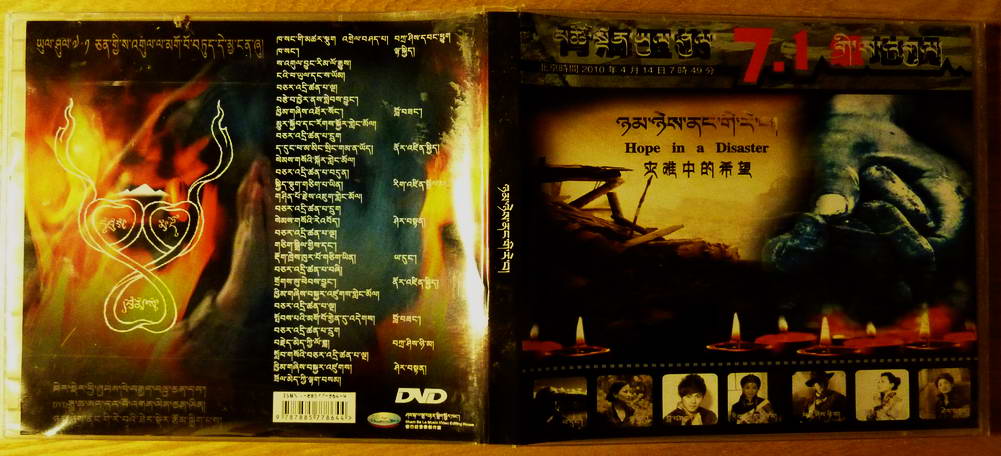

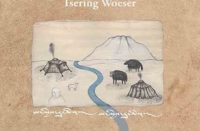
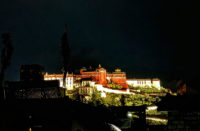
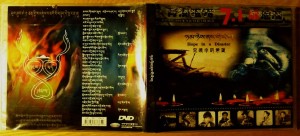
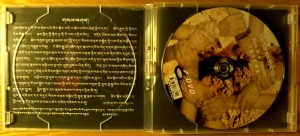
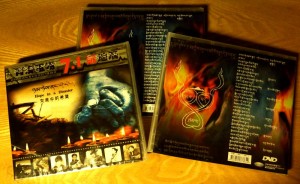
tashi delek woreser la,
your blog really speak out the truth of inside tibet. So can u able to upload this documentary